If you get those elements right, your images will be far more likely to show up in Google searches. Not only does this make for a poor user experience, but it can also affect the way your pages are indexed, thereby harming your SEO. Unfortunately, lots of stores rely on product tags for purposes like flagging products as on-sale or as part of a custom one-off Shopify collection. If that’s true for your store, you’ll have to find another solution.
What tool from Google would you use to check the page indexation?
It offers valuable insights into the performance of your pages in search results, including search queries, click-through rates, and more. However, with the right approach and tools, it is possible to maintain high standards of SEO across all content efficiently. Each of these benefits demonstrates that on-page SEO is a fundamental component of any successful B2B online marketing strategy. By effectively implementing on-page SEO, B2B companies can achieve sustainable growth and a significant competitive advantage in the digital marketplace.
- Adding pictures, videos, charts, and other eye-catching visuals makes it more attractive for visitors and improves its appearance in search results.
- The title shows search engines that your post is likely to match certain search phrases, while the subheadings indicate how much of the topic you’ve covered in the post.
- Descriptive headings help search engines, and users quickly grasp the focus of your page.
- You don’t have to manually review all existing and new content to identify opportunities for internal linking.
- Optimizing images can also help you to gain more visibility through image search and in the SERP image carousel.
Keyword Optimization
Before diving into the checklist for on-page SEO, it’s essential to understand the critical elements that require attention to optimize your B2B website effectively. Each of these components plays a vital role in how search engines assess your page and how users interact with your content. High-quality images are usually large files that can slow your site down, and that’s a problem. Using smaller image files and giving them descriptive names, captions, and alt tags will favor your SEO. For one, you’ll make your site more accessible, so it’s helpful for a wider audience. And for another thing, you’ll have a chance of your images ranking in the Google Image search results.
Google’s ranking algorithm has changed so drastically over the years that SEO is an ever-changing game. Minifying a file is the process of removing unnecessary spaces, commas and characters in your website’s code. Minification of CSS, HTML and Javascript can drastically boost page loading speed. You may be thinking that compressing website files is a challenging task, but it’s actually one of the easiest ways to reduce SEO Anomaly page load time. Google more specifically measures time to the first byte, which is the time it takes your browser to receive the first byte of information from the server. One of the other facets of improving your site’s on-page SEO is creating SEO-friendly URLs.
Off-page SEO embodies any efforts implemented outside of a website to improve its search engine rankings. It’s currently in beta, but the new AI Content Grader in Ahrefs finds “missing” subtopics. It does this by comparing the content of the three top-ranking pages for your target keyword to your content. Google says that title tags are often the main piece of information searchers use to decide which result to click on.

Recent Comments